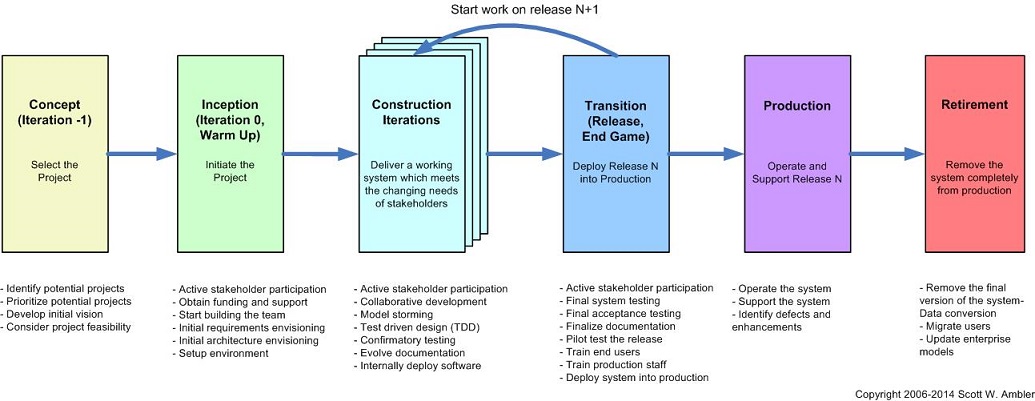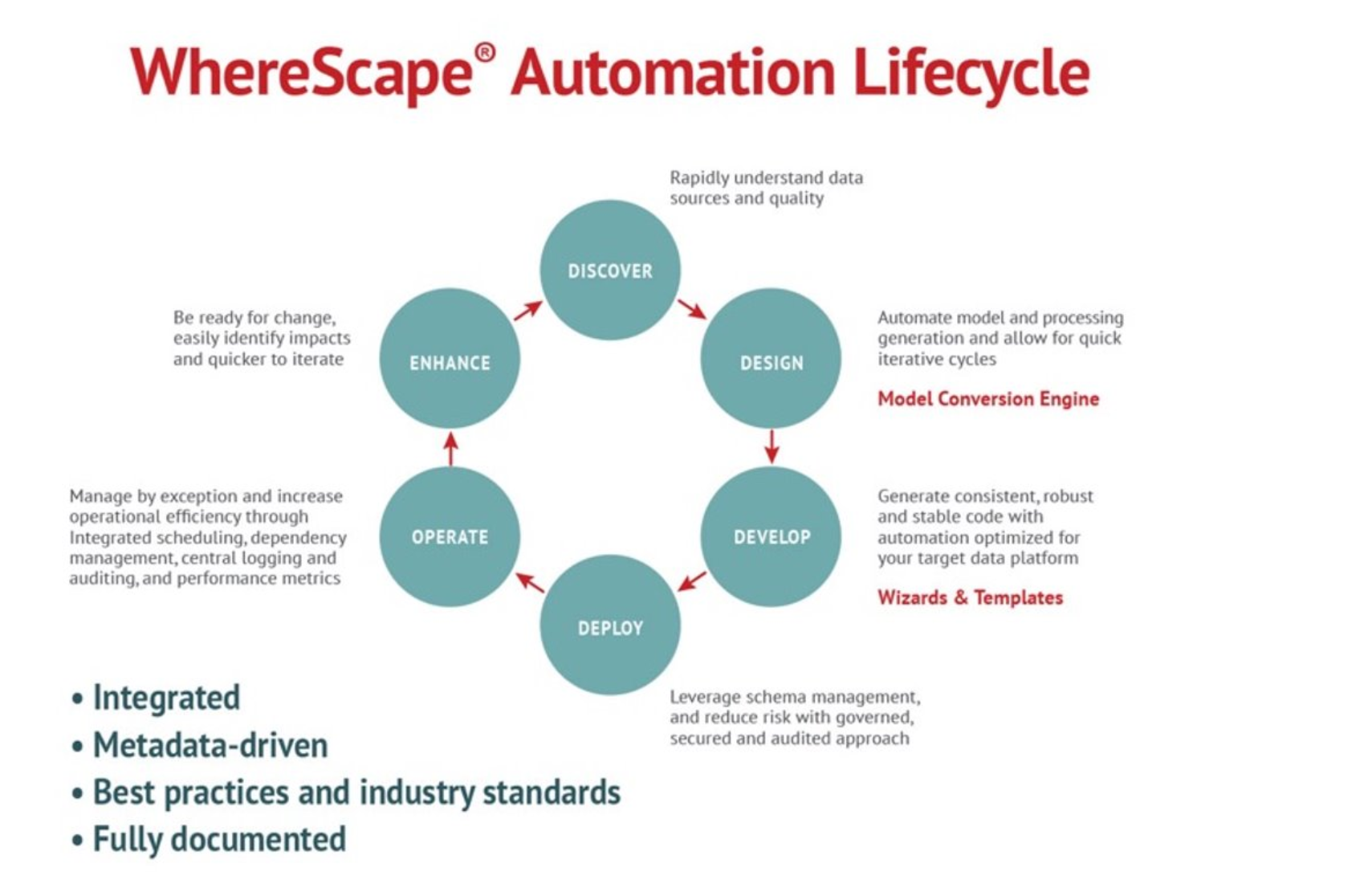Data warehouses are must-haves for efficient data management in enterprises.
Data warehousing is not as simple as just telling your team to ‘get it done’, however. Organizations must get the foundations right before deploying data warehouses. What are the essential practices for data warehousing and how can enterprises implement them?
How Do Data Warehouses Work?
First, data is pulled from systems specified by the organization. This could be a CRM, an ERP tool, or even a spreadsheet. Any platform that contains data can be used as a source for extraction as long as the data warehousing structure is compatible with it.
The extracted data is moved to the data warehouse, which is often located on a dedicated server. There, data is cleaned, formatted and analyzed to make sense of the information, and summarized for easy reading.
Data warehouses are considered the main tool for business performance analysis since they’re capable of producing reports on demand (e.g. PDFs, dashboards). Companies also use warehouses for various other purposes including:
- Employee management
- Sales and marketing
- Data marts
Why Bother With Data Warehousing?
Data is the oil of the 21st century. It provides information for businesses to make informed decisions instead of taking stabs in the dark. Data enables companies to scale and turn profits with minimal risk since business decisions are calculated.
A data warehouse boosts business intelligence by transforming vast amounts of raw data into something meaningful. For example, an organization can utilize its data warehouse to predict current and future trends in the market—just one of the many benefits of data warehousing.
6 key points to know before deploying a data warehouse
1. Don't Skip Data Modeling
Data modeling is a must for data warehouses to work well. With data modeling, organizations can understand what information is vital and how they should be structured for the best results.
Skipping data modeling leads to wasted resources due to analyzing unnecessary information, which is not ideal considering the tight margins for today’s businesses. This page contains a fantastic writeup on the basics of data modeling if you’re unsure of what to do.
2. Make Sure You Own Your Data
When buying into new tools and technologies, make sure your data is owned by you and not anyone else. This gives you the freedom to work with data on demand without having to wait for vendors to respond.
Giving away data ownership is also risky if you’re thinking of changing vendors since they can hold your data hostage and charge expensive contract penalties. Be sure to go through terms and conditions before working with any vendor regardless of their reputation.
3. Be Agile
Practicing Agile is recommended as warehouses speed up the data processing cycle significantly. This allows you to complete deliverables faster while reducing the burden of software teams.

That said, don’t pursue Agile just for the sake of it as some business processes don’t mesh well with the methodology. As mentioned above, it’s best to examine your infrastructure and figure out where Agile makes sense during the analysis stage.
4. Pay Attention to Data Governance
Your warehouse will be dealing with massive amounts of sensitive data. Data governance is important and needs to be at the top of your priority list. A mishap in your data warehouse could cause security breaches that can bring about hefty non-compliance fines—up to $10 million in the GDPR’s case.
It’s worth it to build a team dedicated to managing your data warehouse’s governance policies. This mitigates business disasters since you’ll have a team of experts well-versed in the legalities and compliance requirements of data warehouses.
Encryption must be enabled to secure data transfers. You should also establish authorization protocols to determine the people and resources that can access your data warehouses as well as their permission levels.
5. Train Your Team
Data warehouses are new compared to other technologies in the business intelligence space, which may hamper your employees’ productivity. Invest in staff training to negate this problem and improve performance at the same time. You can hire new team members, but training is a lot cheaper, especially if your employees stay for a long time.
6. Use Data Warehouse Automation Tools
Automation is part and parcel of efficient data warehouses. Without it, you defeat the purpose of data warehousing since the work still needs to be done by hand. 
By automating your data warehouse, you gain access to faster integration cycles, instant reports, and improved integration for new and updated processes. Focus on automating most—if not all—of your data warehouse processes for optimal results.
How BDS Bynfo Helps Enterprises Elevate Their Data Warehousing Efforts
Data warehouses shorten development cycles to allow enterprises to deliver products quickly and speed up time to market, with the added benefit of enabling rapid digital innovation.
Data warehousing cannot be efficient until it is automated. Data warehouse automation streamlines data warehousing by automating crucial tasks and processes like ETL and report generation.
From analyzing and designing data vaults to monitoring key performance metrics, organizations spend less time on data warehousing work and more time on higher-level tasks that boost business performance thanks to data warehouse automation.
Over at BDS Bynfo, we’ve partnered with WhereScape, the industry’s leading DWA solutions provider, to provide data warehousing solutions and speed up development by up to 80% for enterprises.
WhereScape integrates seamlessly with Snowflake to automate key workflows, significantly fast-tracking data infrastructure development life cycles. With WhereScape, developers gain full control over when and how changes to source systems are integrated into the data warehouse platform, regardless of whether it’s on the cloud or on-premises.
Find out how we can help your business automate data warehousing and enable innovation with WhereScape here.
Want to read more informative posts like this? Head over to our blog to discover the latest trends and insights in the industry.





